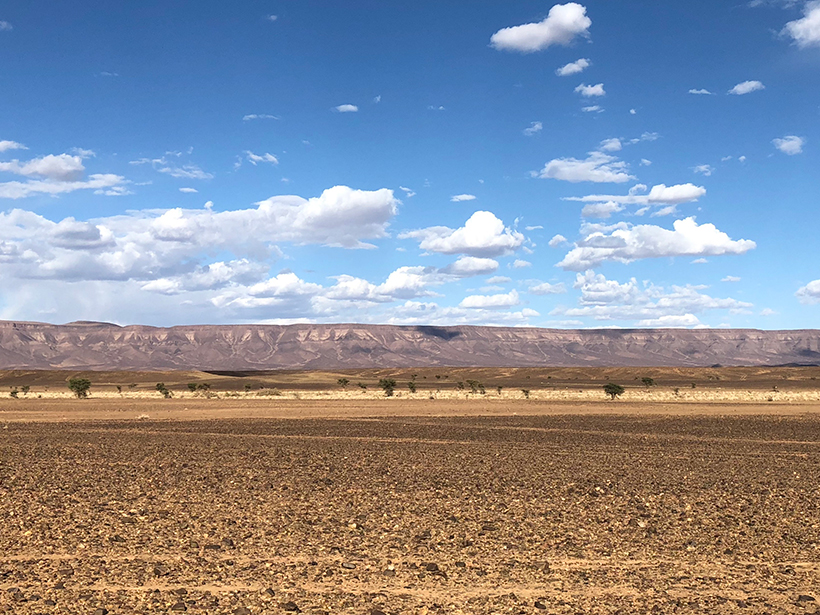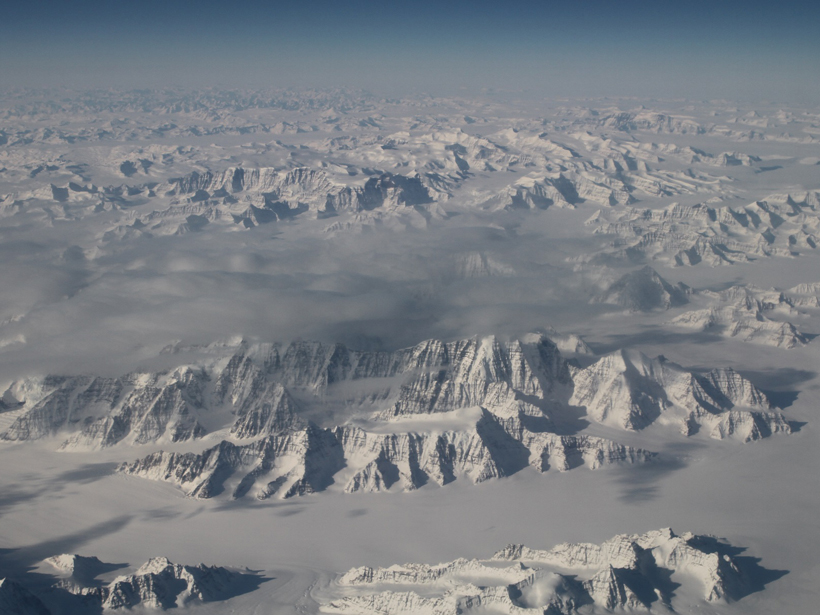An unusual concentration of impact craters suggests that they may have been caused by the breakup of an asteroid that created a temporary debris ring around Earth.
Ordovician
What Conditions Accompanied the Late Ordovician Mass Extinction?
The second-largest mass extinction in Earth’s history took place in a period of stresses from non-sulfidic anoxia in shelf areas, together with glacioeustatic sea-level change and climatic cooling.
Geologists Have a New Tool for Reconstructing the Ancient Climate
A new study of seafloor sediments finds that the temperature record in the early Paleozoic corresponds to significant shifts in the diversity of life on Earth.
Earth’s Eccentric Orbit Helped Preserve Rare Soft-Tissue Fossils
Cyclical changes in Earth’s orbit helped to preserve rare fossils in Morocco.
Tiny Algae May Have Prompted a Mass Extinction
Dead algae sinking to the ocean floor may have sequestered carbon 445 million years ago, triggering the glaciation that accompanied the Late Ordovician mass extinction.
A Volcanic Trigger for Earth’s First Mass Extinction?
Abnormally high levels of mercury in Ordovician rocks may imply that a huge surge of volcanism took place at a time when much of the planet’s ocean life vanished.






